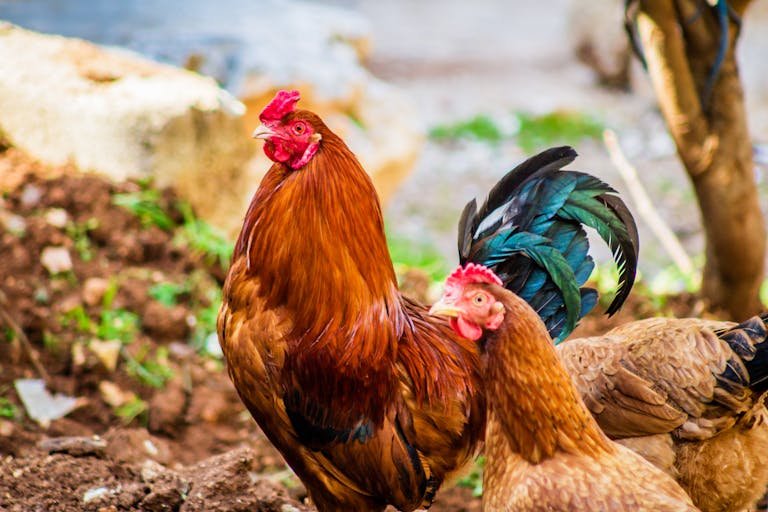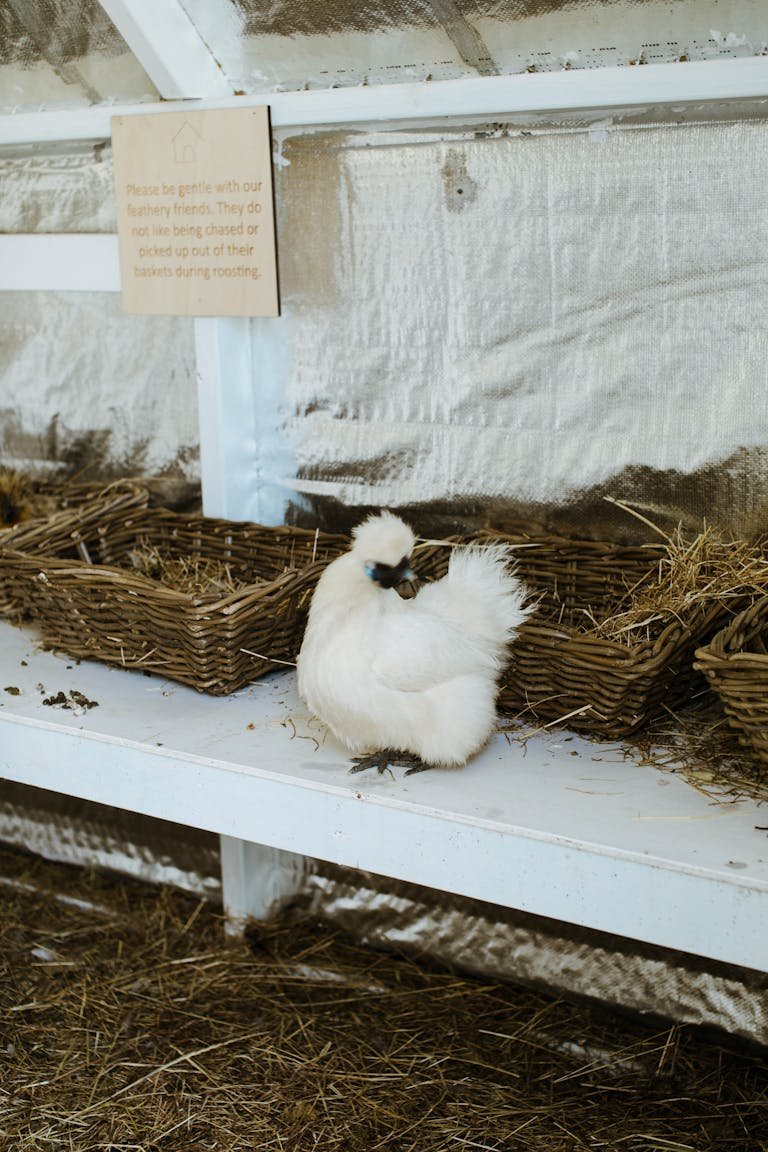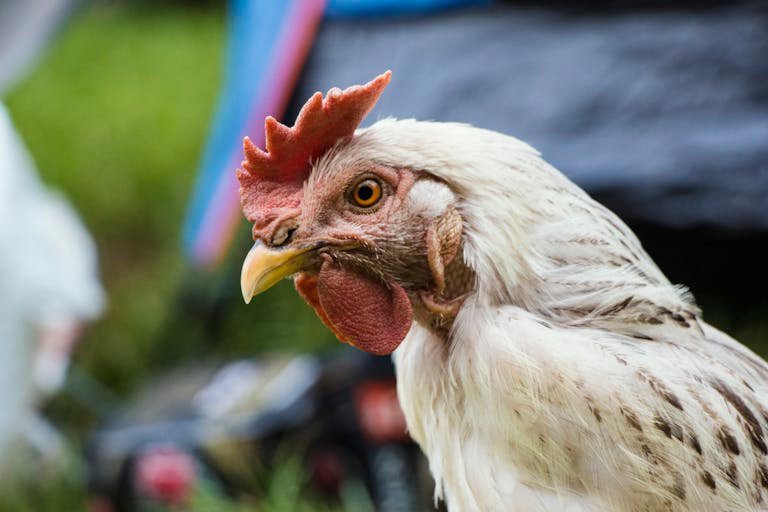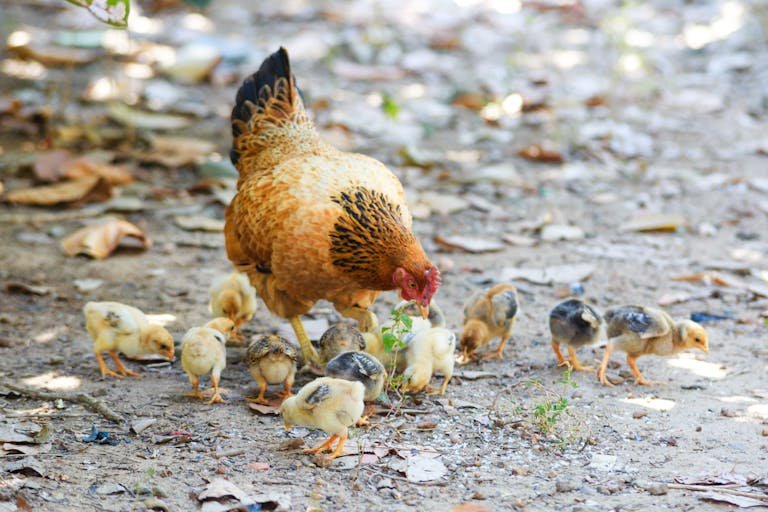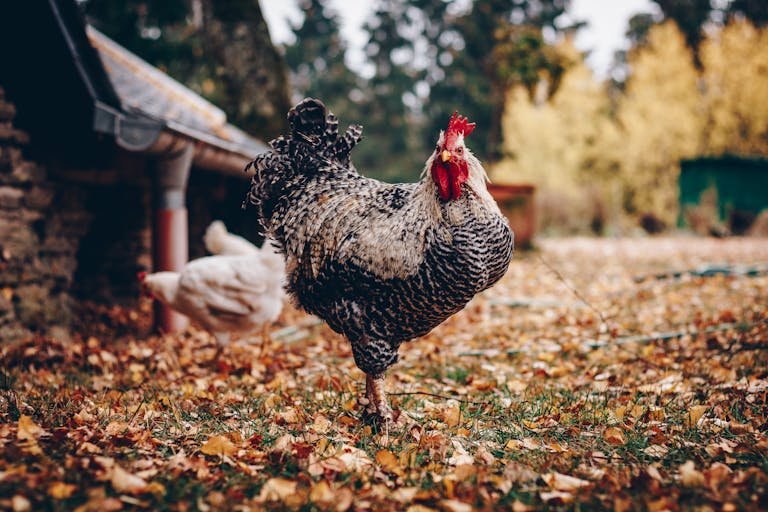Do Silkie Hens Have Wattles?
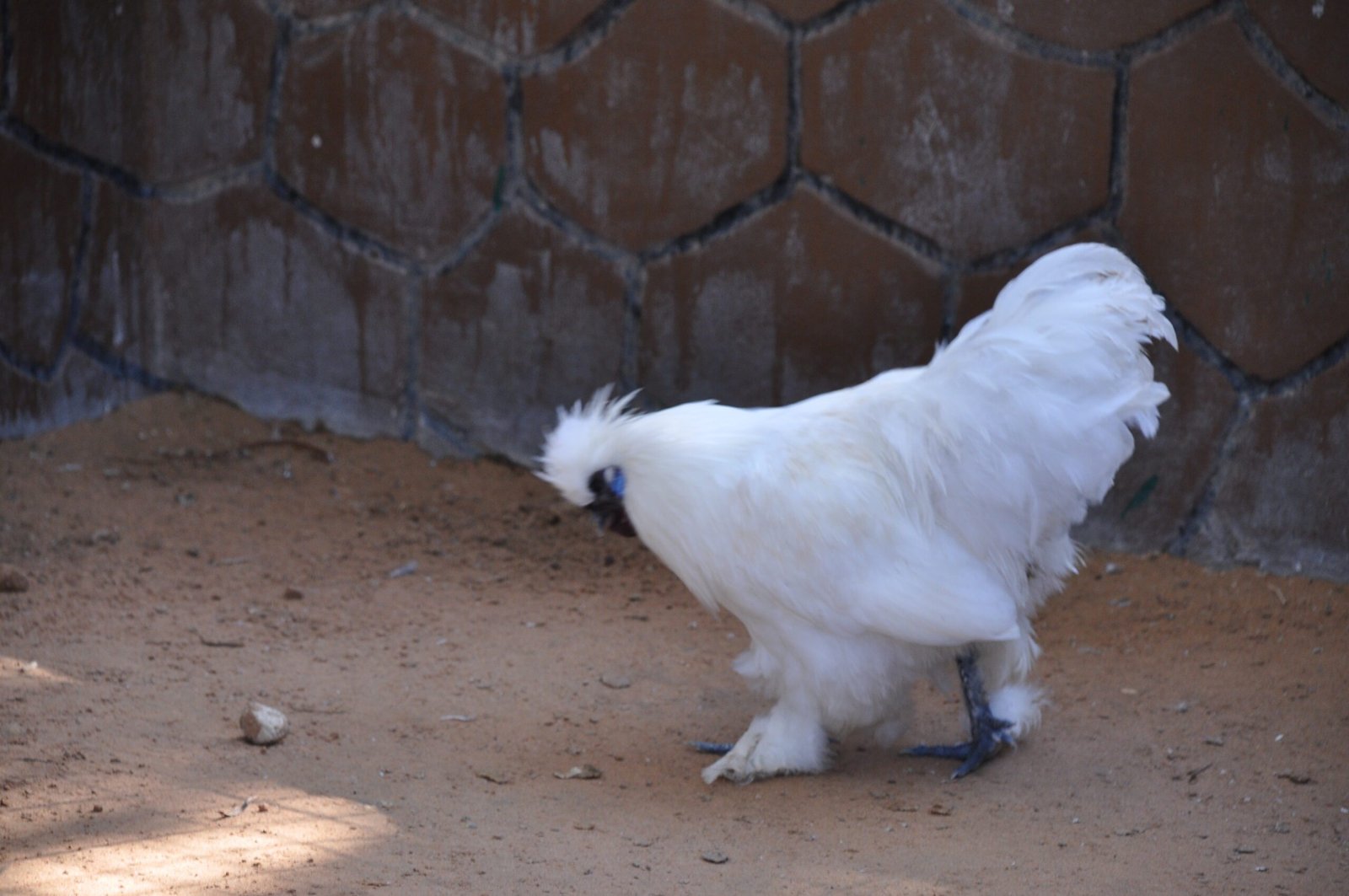
Silkie chickens are one of the most fascinating and beautiful chicken breeds that every poultry lover would like to possess due to its exquisite features and friendly nature. One question that often arises is whether Silkie hens have wattles. To answer this, I’ll cover everything from their physical traits to their care and breeding.
Do Silkie Hens Have Wattles?
Yes, Silkie hens do have wattles, but they are typically smaller and less pronounced than those found on other chicken breeds. This is due to their unique genetic makeup and breeding for ornamental purposes.
Differences Between Hens and Roosters
- Silkie Roosters: They usually have larger and bright wattles compared to hens. This characteristic is used in differentiating between the female and male in young birds.
- Silkie Hens: May have smaller wattles that are less conspicuous. It is obvious that they are still there but they could be camouflaged by these fluffy feathers.
Understanding Wattles in Chickens
What Are Wattles?
Wattles are fleshy lobes of skin that hang below a chicken’s beak. They are usually red in color but can be of different sizes depending on the type of bird and the specific bird in question. Wattles aid in thermoregulation since chickens release heat.
Function of Wattles
- Temperature Regulation: Wattles also act as a cooling mechanism in a Wattles especially in hot areas .
- Mating Displays: Larger and more vibrant wattles may indicate good health and fitness thus desirable to a potential mate.
Introduction to Silkie Chickens
Silkie chickens, commonly known as Silkie, are famous for their soft feathers resembling hair rather than feathers. These characteristics of the Rhode Island Red Chicken give them a unique look when compared to other chickens and make it popular for both show birds and pets.
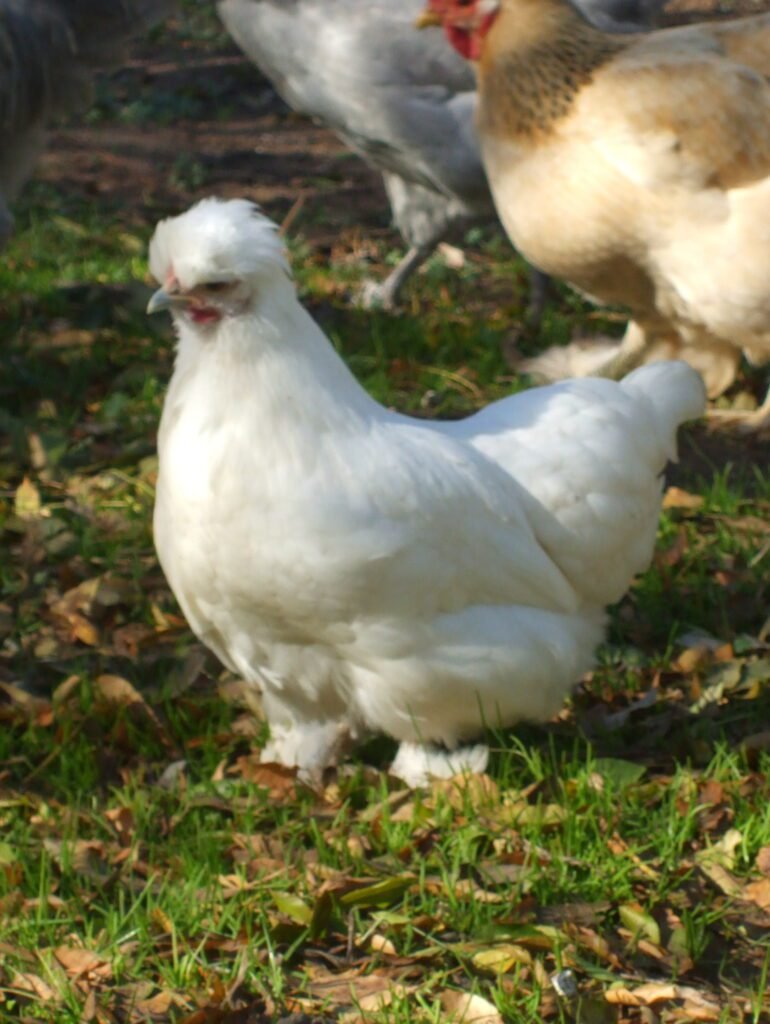
History and Origin
The history of silkies dates back over a thousand years with records of these birds found in Asia. These birds were first written about by Marco Polo in the 13th century and he spoke about chickens with hair-like feathers. Later on, these birds were taken to Europe as well as America and they became popular probably due to their special features.
Physical Characteristics
Silkies are small to medium-sized chickens with several distinguishing features:
- Feathers: Unlike most bird species their feathers are not held together by barbicels making it fluffy and silky.
- Color Variations: It is available in several forms that range from white, black blue, buff to gray.
- Skin and Bones: Unique among chickens, Silkies have black skin and bones, a trait known as fibromelanosis.
- Comb: They have a comb in the shape of a walnut.
- Feet: Silkies have five toes in each foot, while most chicken breeds possess only four toes.
Caring for Silkie Chickens
Overall, it can be noted that Silkies are not very demanding, but they have certain requirements caused by their features.
Housing and Environment
- Shelter: Silkies require a good shelter with proper ventilation to protect them from predators and other extreme climatic conditions. Their coat is also fluffy and not waterproof hence the need to ensure they live in a dry habitat.
- Space: Make sure they have sufficient grounds or space to move around in. A secure run is perfect for them to graze and play in.
Feeding and Nutrition
- Balanced Diet: Offer a proper diet with the right quality of poultry feed, grains, and some other supplements including vegetables and fruits in moderation.
- Supplements: Incorporate calcium supplements for the purpose of laying by the hen.
Health and Grooming
- Regular Checks: Check them for the mites and lice often because these pests can be found easily in their thick feathers.
- Grooming: Cultivate the feathers around their eyes to enhance visibility and occasionally wash them when they get soiled.
Breeding Silkie Chickens
Silkies are good setters and tend to go broody, making them particularly suited for breeding.
Brooding and Hatching
- Broody Hens: The silkie hens are brooders and would be comfortable sitting on eggs until they hatch.
- Incubation: Generally, eggs take 21 days to hatch. Provide optimum temperature and adequate safety for the chicks.
Raising Chicks
- Heat and Shelter: Supply heat for the chicks until they develop their first set of feathers. Make sure that they have adequately protected their brooder.
- Starter Feed: Provide chick starter feed so that the birds grow healthy and strong.
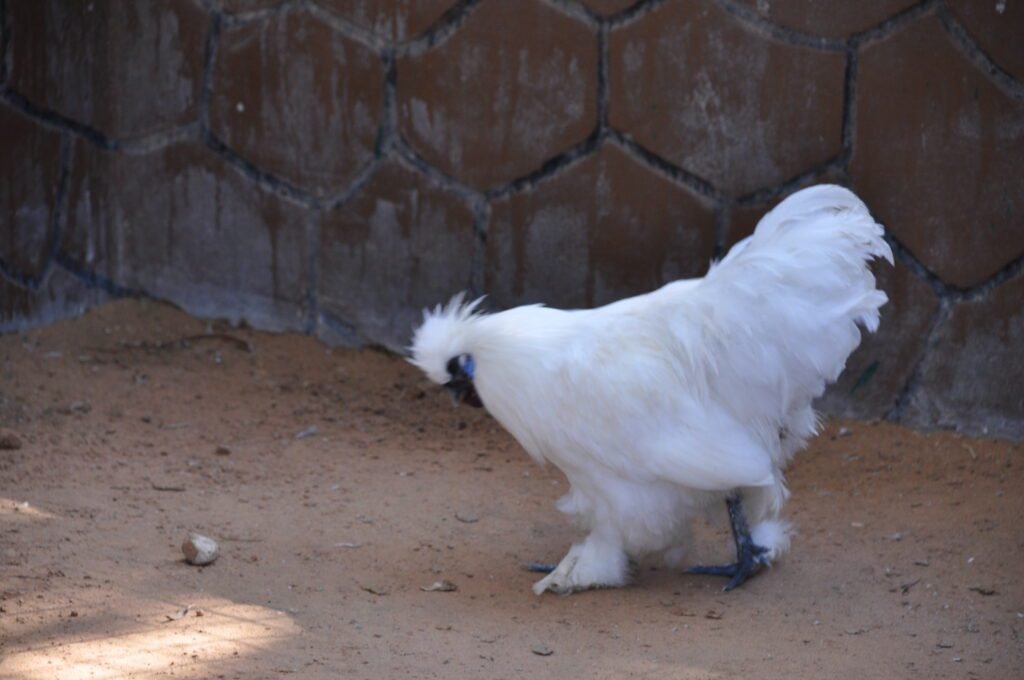
Common Challenges and Solutions
All things considered, Silkies are relatively healthy birds with several potential issues.
Predators
- Protection: Be certain that their coop and run are protected from other predators such as raccoons, hawks, and foxes.
Feather Care
- Wet Weather: Do not let Silkies get wet since its feathers cannot dry up easily. Ensure that they have proper shelter, especially on rainy days.
Health Issues
- Respiratory Problems: Keep their living area clean and dry to prevent respiratory issues, which can occur in damp or dusty environments.
Read Also: How Do Chickens Communicate?
Final Words
It is true that Silkie hens possess wattles, but these structures are comparatively smaller and not so protruding as in other breeds. They are easily recognized by their looks, are quiet, and are great mothers making them a nice addition to any flock. Silkies are intelligent birds that need proper care and attention regularly to enjoy many years of companionship with their owners. If you want to breed, exhibit, or simply keep them for pleasure, Silkies are guaranteed to give the poultry hobbyist immense satisfaction.
